Make the most out of your interviews
Interview transcription is an important step in the data analysis journey of many research projects, but often it is a time-consuming and arduous affair. Transcribe with MAXQDA. Our product comes with many exciting features which make the transcription process faster and easier than ever before. Whether you are a first-time researcher or an old pro, MAXQDA is your professional software solution with advanced transcription tools for you and your team. With MAXQDA you are not limited to audio files – you can transcribe video files as well.
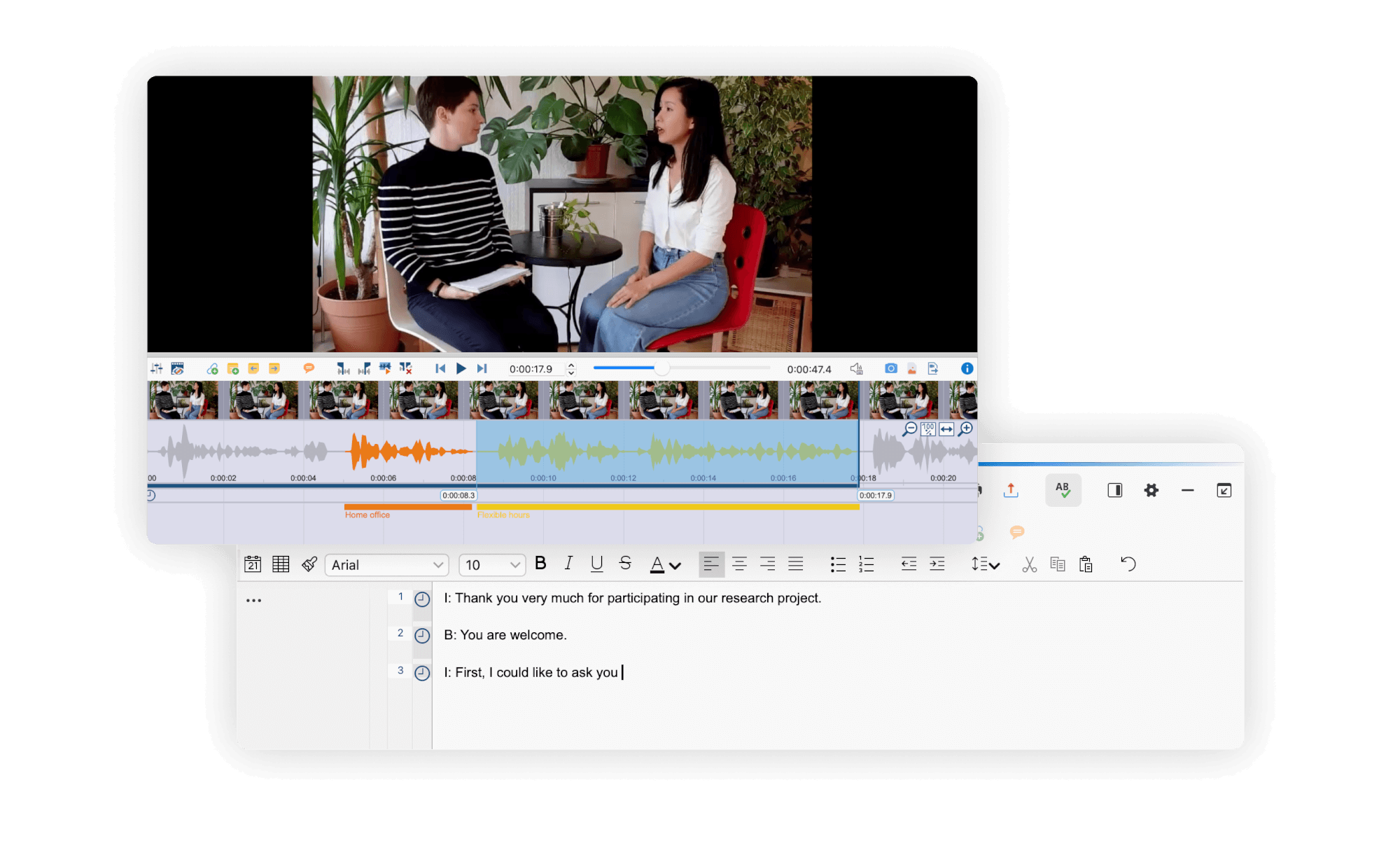
Multimedia-Browser
How to transcribe an interview with MAXQDA
Transcribing recordings is easy with MAXQDA, because MAXQDA provides all the standard transcription functions, such as automatic speaker exchange, autocomplete with defined shortcuts, and timestamps for synchronizing transcriptions with audio or video files. In addition, MAXQDA Transcription – MAXQDA’s AI-powered transcription service that automatically transcribes your media files.
Step one: Import your interview transcription files
Whether you want to transcribe your video or audio files using MAXQDA or analyze an automatically transcribed interview with MAXQDA’s powerful tools – importing your files is easy. Simply drag the files into MAXQDA’s “Document System” window or go to the Import tab and choose the corresponding file format.
Upon import of your audio or video file, a document with the audio/video file’s name is created. When opening this file in the Document System you see a blank page: this is where you write your transcript. Alternatively, you can import transcripts that were created automatically or with specialized transcription software. These transcripts usually contain timestamps that link a text segment to its corresponding time segment in the audio file. Of course, MAXQDA can recognize these timestamps and link text and audio segments accordingly.
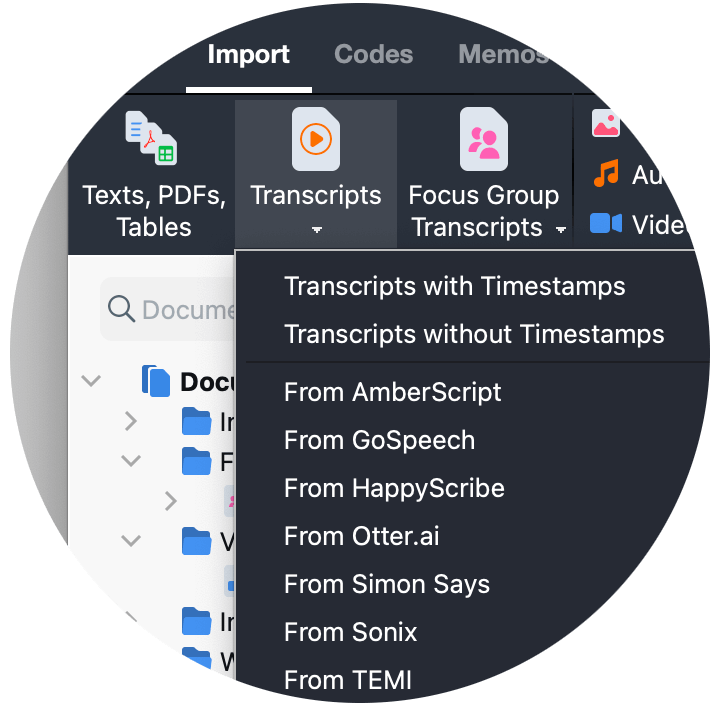
Step two: Transcribe your interview
With MAXQDA, you can either transcribe your audio files manually within MAXQDA or have them transcribed automatically with MAXQDA Transcription. For the AI-assisted automatic transcription service, all you need is a MAXQDA account. Simply upload your media files to your MAXQDA account and receive transcripts that are perfectly matched to MAXQDA and contain time stamps that link text sections to the corresponding sections in the audio recording.
For manually transcribing your interviews, simply open the transcription mode by selecting “Transcribe audio file” in the context menu of the document. MAXQDA includes many functions that facilitate the transcription process, such as a freely definable rewind interval, playback speed, and timestamps. If you want to re-listen to a certain passage in the audio recording, click on the timestamp to listen to the corresponding passage in the audio recording. Once everything is set up, start transcribing: press play, listen, press pause, write down, and repeat.
Get MAXQDA Transcription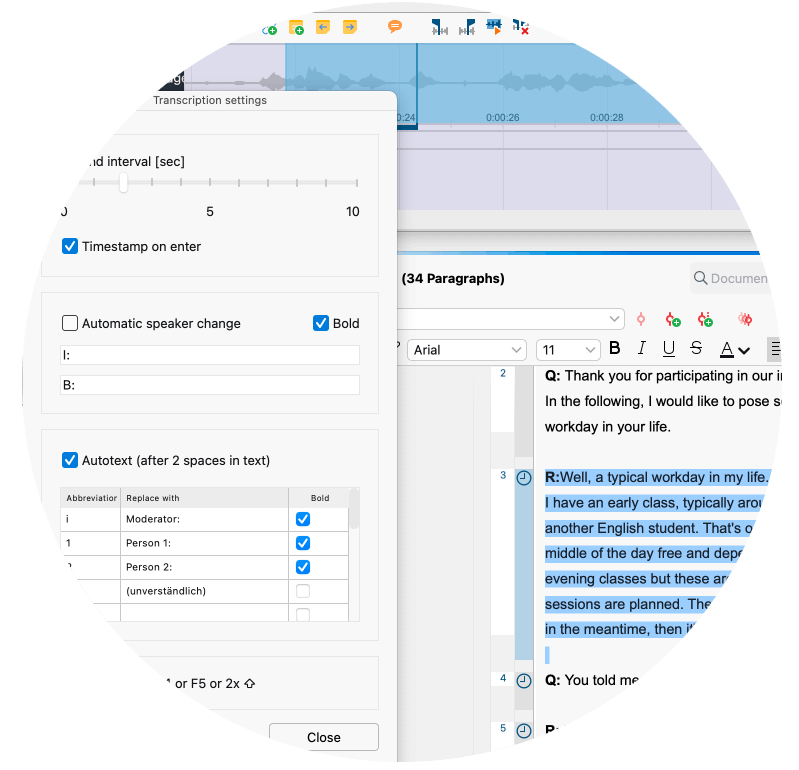
Step three: Review your transcribed interview
Before analyzing your interview transcript, you might want to review it. Especially, when you transcribed non-verbal utterances, such as laughter, or nodding, make sure that you unify the written form. This will help you to understand your interview transcripts at a later point in time, and facilitates understanding the transcript for other people, such as your team member.
In addition, a clear and correct transcript allows you to use the full range of MAXQDA’s powerful tools, including the tools that enable you to explore the content and structure of your interview transcripts without needing to read or code in advance. For example, MAXQDA’s Word Frequencies tool extracts the most frequently used words in your interview transcripts – misspelled words can lead to inaccurate results.
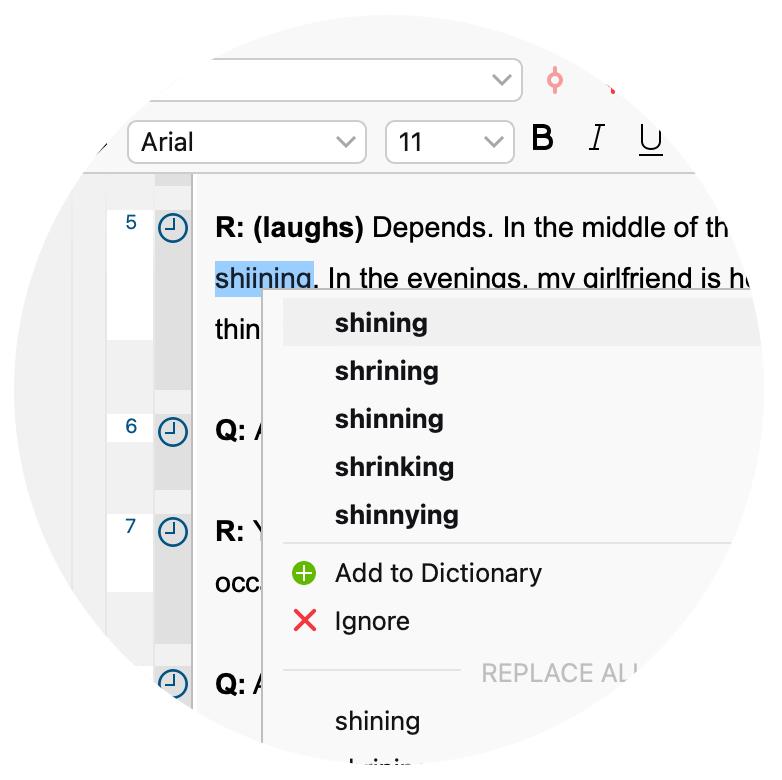
Analyzing interview transcripts
Once you are done transcribing your interview, clicking on the audio/video file, opens the corresponding transcript in the Document Browser. With MAXQDA as your interview transcription software, you have numerous possibilities for analyzing your interview transcripts – impossible to mention all.
Create your code system
Coding qualitative data (categorizing interview) lies at the heart of many qualitative data analysis approaches. Coding refers to the process of assigning a code to a segment of your material. A code can be described as a label used to name phenomena in a text or an image. Because MAXQDA is a software designed by researchers for researchers it supports a variety of QDA approaches with specialized tools. For example, the In-vivo coding tool is especially suited for inductive coding approaches.
To create your Code System simply go to the “Codes” window and click on new code. Choose a descriptive name, select a color, and add a description that explains when to use the code. The new code will be displayed in the “Codes” window. Of course, you can change every aspect of your code at a later point in time. Via drag-and-drop, you can hierarchically organize your code system. You can also use highlighters or emoticons to code your material. With the Creative Coding tool and the Smart Coding tool, you can easily refine your code system.
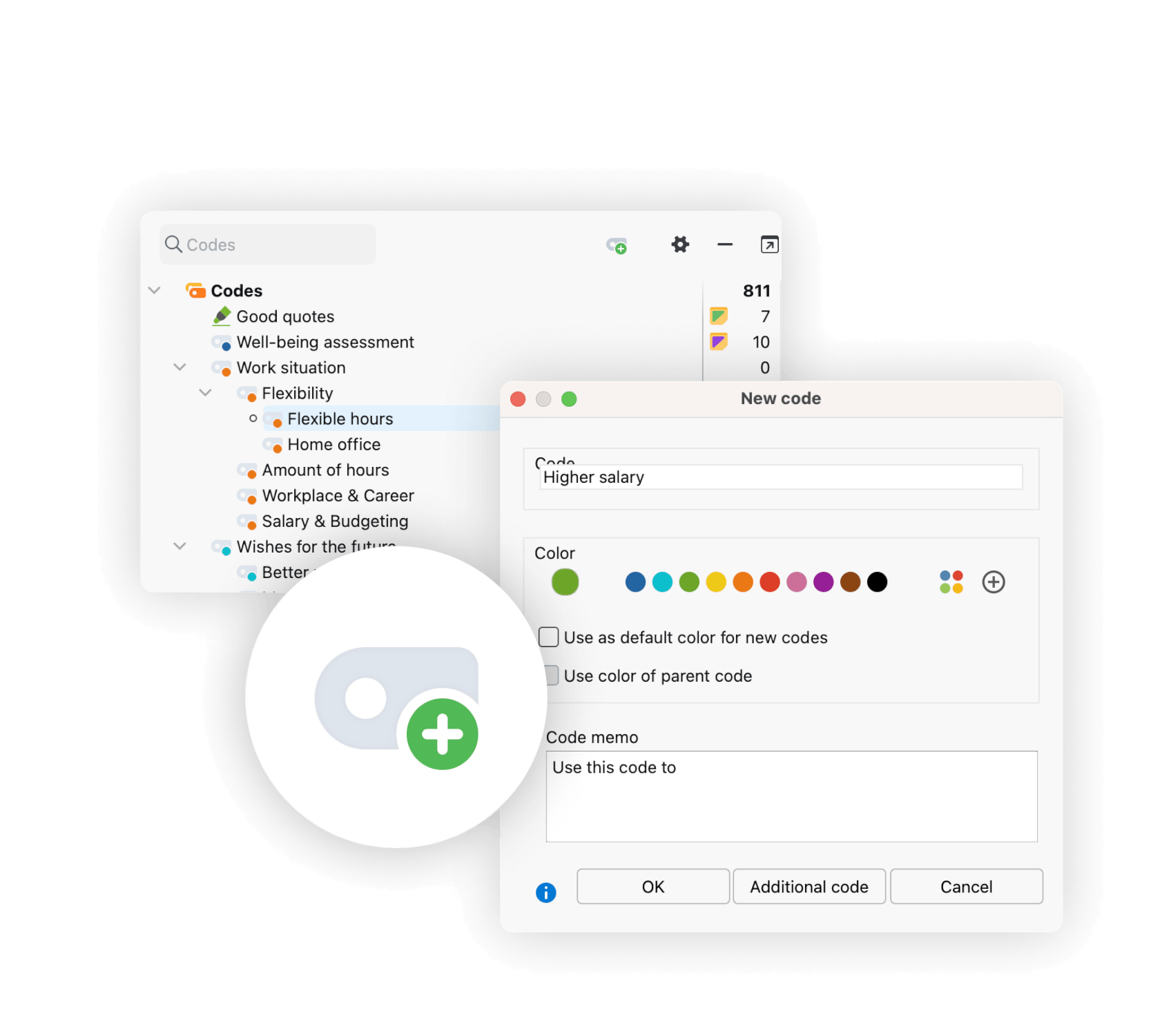
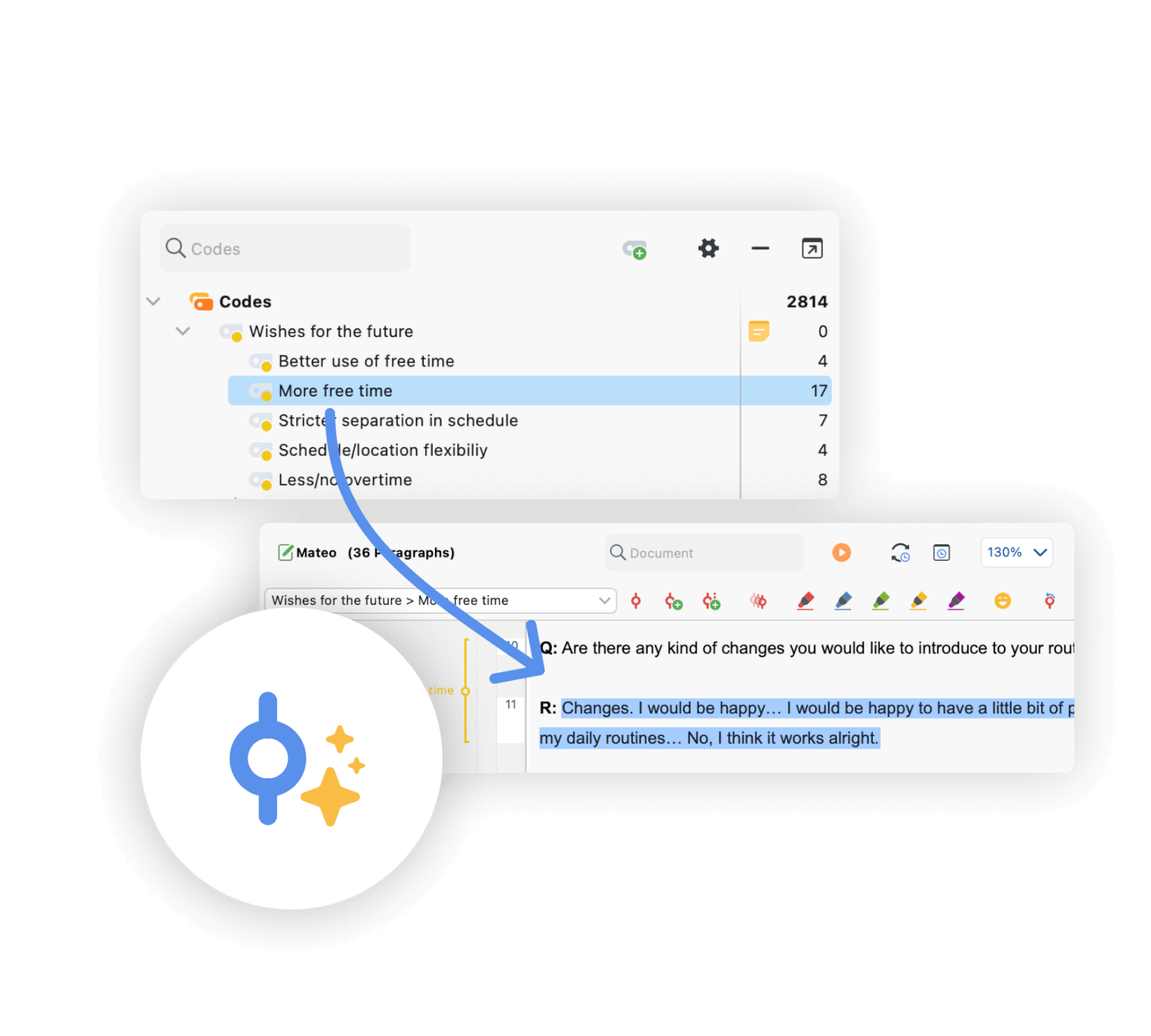
Code your interview transcript
MAXQDA offers many possibilities for coding qualitative data. Simply drag and drop codes from the code system to the highlighted text segment. If you don’t have a name for your category yet, you can use highlighters to mark important text passages. Of course with a professional interview transcription software like MAXQDA, you can code many more data types, such as audio and video files, or social media data. In addition, MAXQDA permits many further ways of coding qualitative data. For example, you can assign symbols and emojis to your data segments. To keep track of your ideas you can write Memos. By attaching memos like post-it notes to text passages, texts, document groups, images, audio/video clips and of course codes, you can easily retrieve them at a later stage.
If you have a large amount of data, the Search and Autocode tool can be especially useful. It allows you to search your entire material or a part thereof for specific terms and automatically codes the search hits.
Analyze your interview transcript with MAXQDA
With MAXQDA as your interview transcription and analysis software, you have plenty of options regarding your interview transcription analysis. The following paragraph presents just a few of the analytical possibilities of MAXQDA. To learn more about how to analyze interview transcripts with MAXQDA, we recommend reading the free literature listed below.
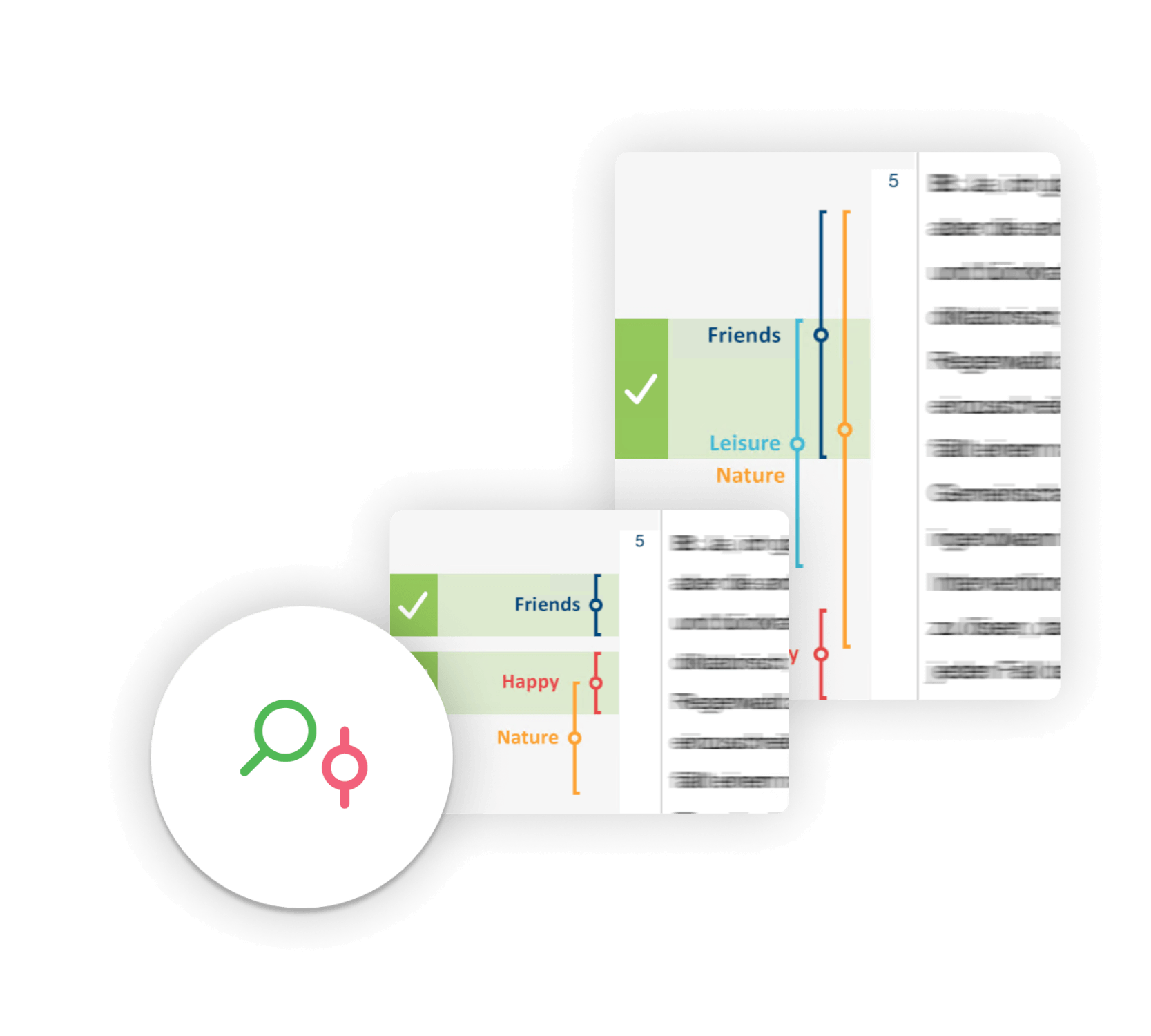
Retrieve coded segments
A typical analysis step is the in-depth analysis of topics that you have coded in your interviews. An Interview Transcription & Analysis software like MAXQDA facilitates this step, as it allows you to compile all text segments coded with one (or more) codes of interest from one or more interviews. Furthermore, you can logically combine several codes to refine your search for coded segments. But the retrieved segment window has more to offer. Display variable values of the interviewees, such as age, relationship status, and more, or quickly jump to the original position of the text segment with just one click to review the coded segment in context.
Quantitative evaluation of themes
Quantitative aspects can also be relevant when conducting an interview transcription & analysis. Using MAXQDA as your Interview Transcription & Analysis software enables you to employ a vast range of procedures for the quantitative evaluation of your material. You can sort sources according to document variables, compare amounts with frequency tables and charts, and much more. Make sure that you do not miss the word frequency tools of MAXQDA’s add-on module for quantitative text analysis with which you can compare word frequencies between speakers. Furthermore, MAXQDA offers mixed methods tools that allow you to easily combine qualitative and quantitative methods to get an even deeper insight into your data. With MAXQDA Stats you can statistically compare groups of participants.
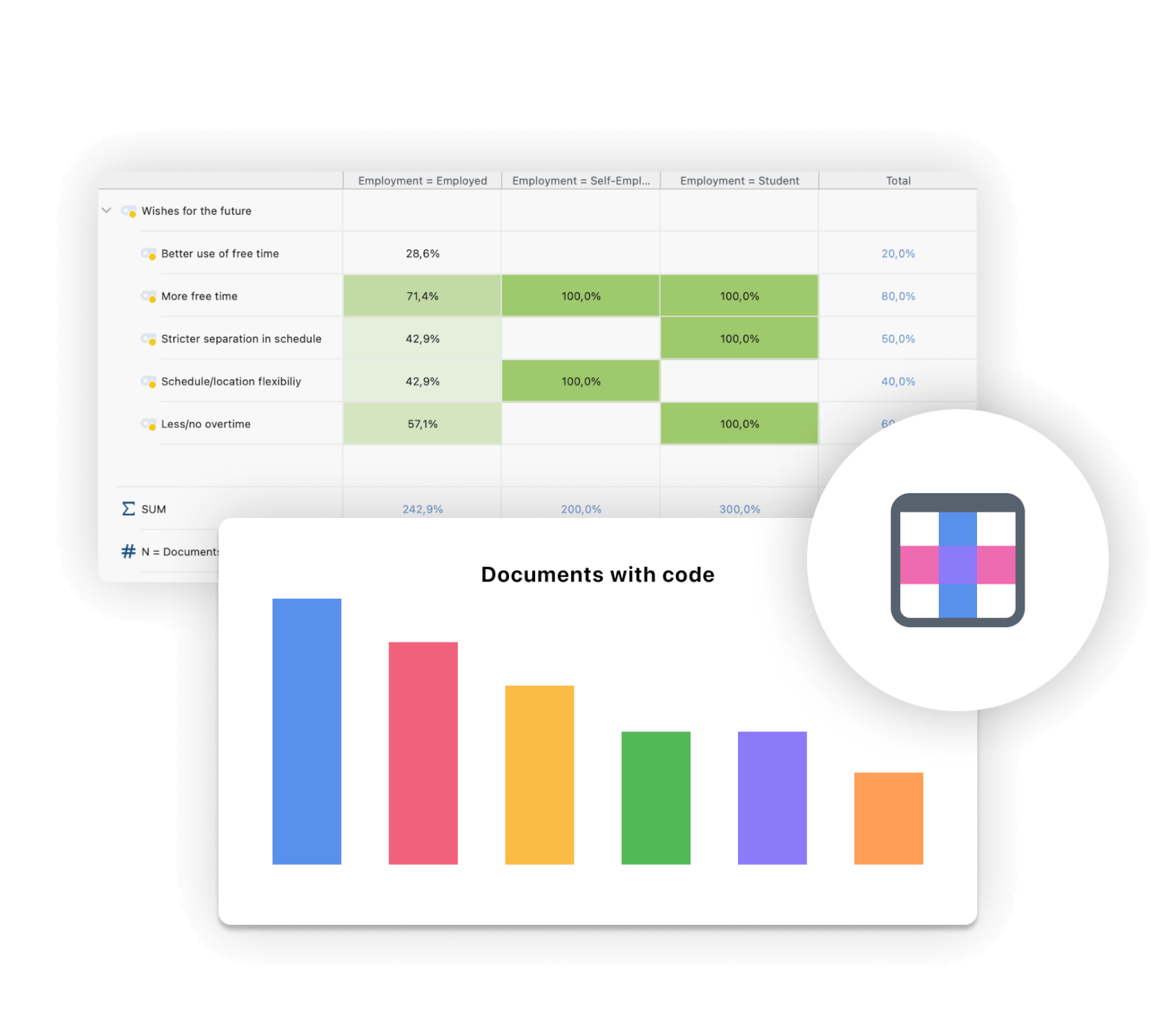
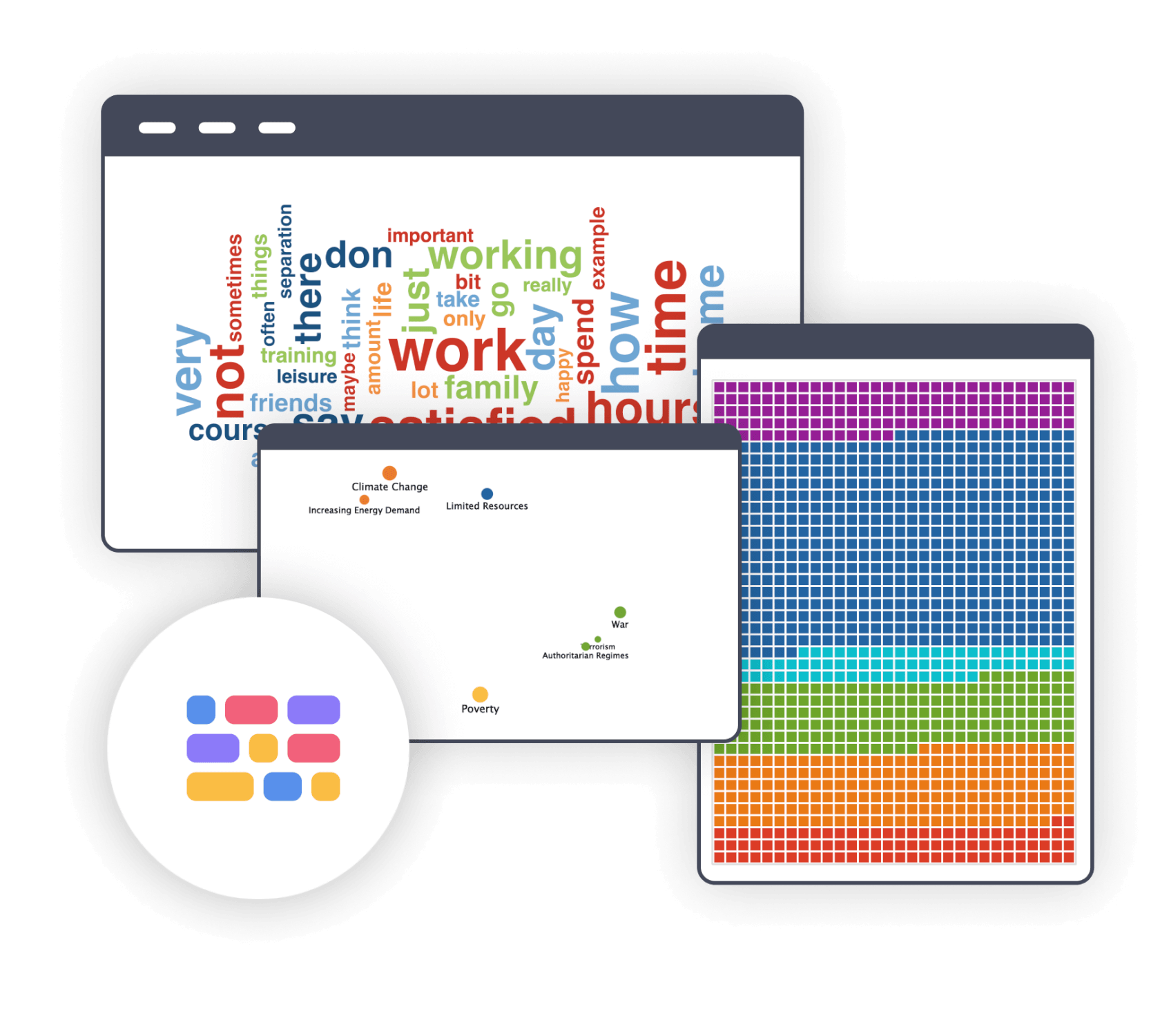
Visualize your data
The proverb “a picture is worth a thousand words” also applies to the analysis of qualitative interviews. That’s why MAXQDA offers a variety of Visual Tools that allow you to get a quick overview of the data, and help you to identify patterns. Of course, you can export your visualizations in various formats to enrich your final report. Visualize the progression of themes in an interview with the Codeline, use the Word Cloud to explore key terms and the central themes, or make use of the graphical representation possibilities of MAXMaps, which in particular permit the creation of concept maps. Thanks to the interactive connection between your visualizations with your MAXQDA data, you will never lose sight of the big picture.
Literature on interview transcription and analysis
We offer a variety of free learning materials to help you getting started with your interview analysis. Check out our Getting Started Guide to get a quick overview about MAXQDA and to get a step-by-step instructions on setting up your software and creating your first project with your brand new QDA software.
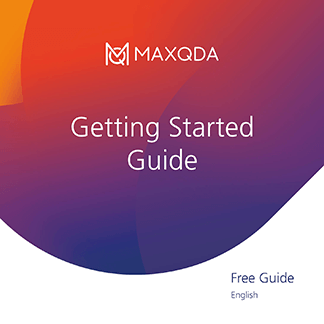
Getting Started with MAXQDA
Get the guide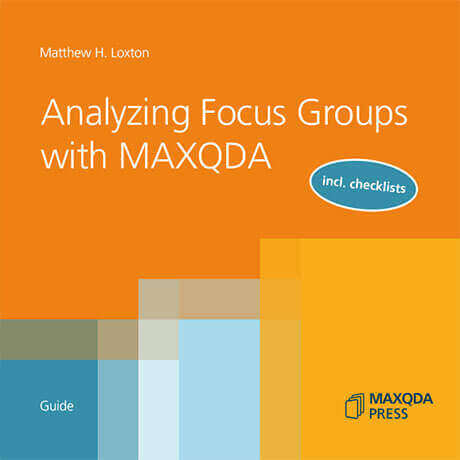
Analyzing Focus Group with MAXQDA
Get the guideIf you want to dive deeper, check out our free QDA-books
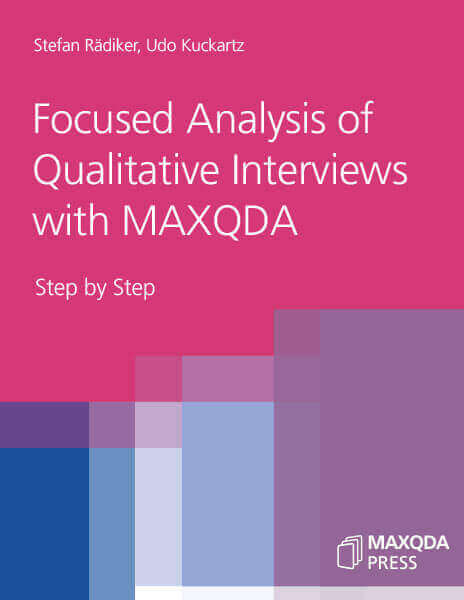
Focused Analysis of Qualitative Interviews with MAXQDA
Step-by-Step Guide
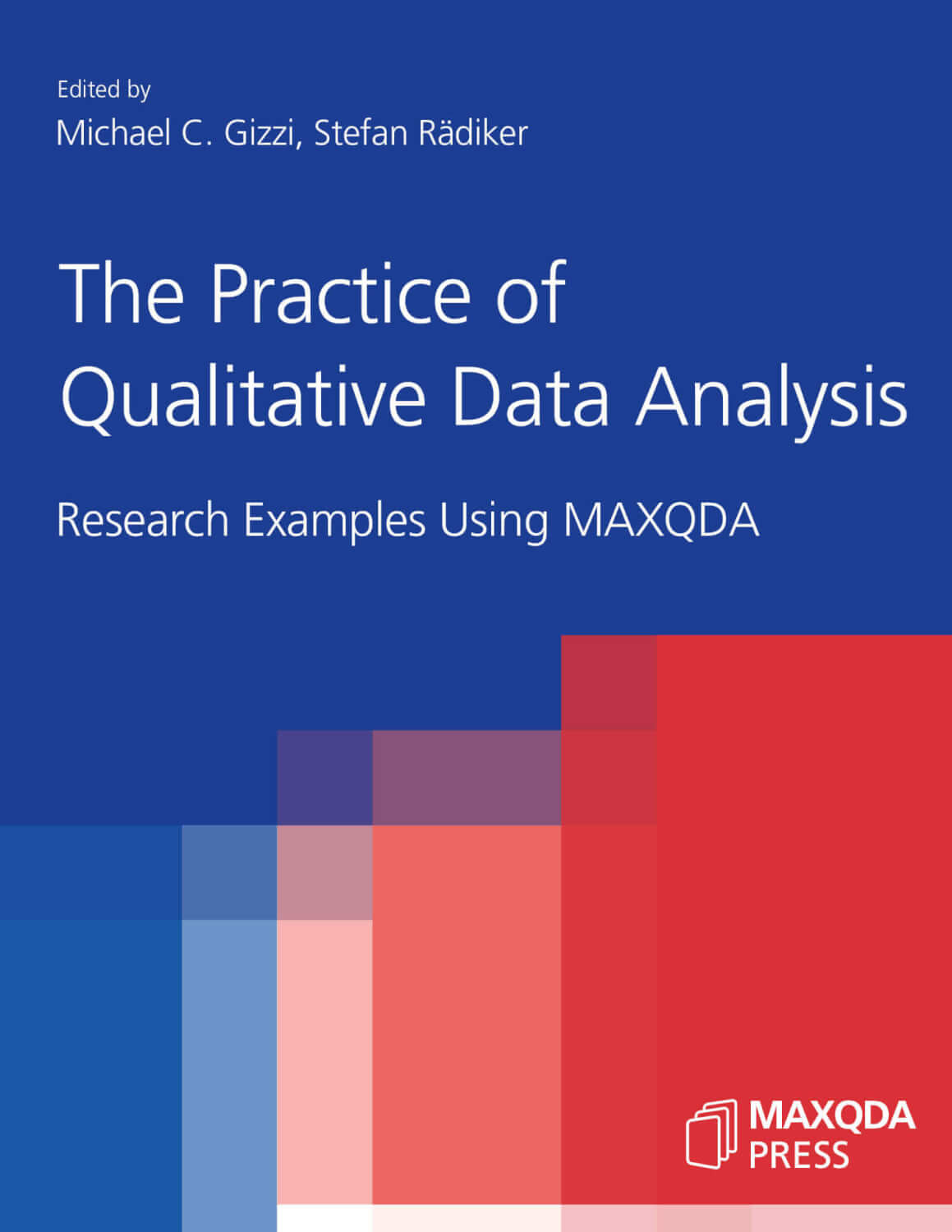
The Practice of Qualitative Data Analysis
Research Examples Using MAXQDA
